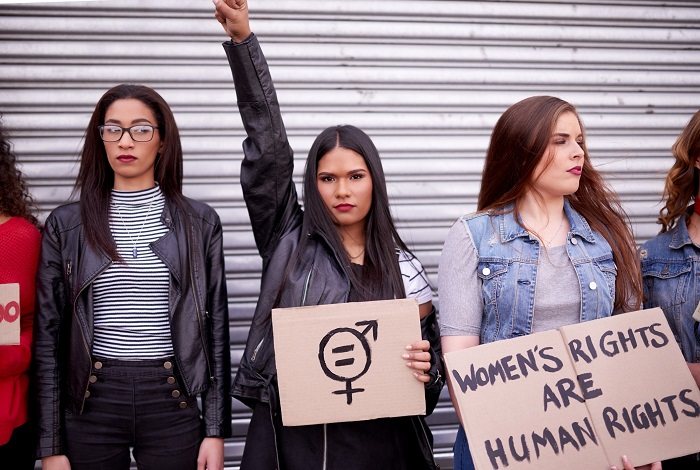
International women’s day – the reality women face in latin america
A hundred years ago, in 1917, women protested for ’bread and peace‘ in Russia and this movement derived in the tsar’s abdication, starting a new type of government. This Russian Revolution changed the history of the country and the world, but not only did that but also changed the scenario for women across the globe. It was a claim against the poor working conditions, including long hours shifts, and against women repression. Later on, the right to vote was achieved and equality at work began to appear.
Today, although many things have been accomplished, there is still a huge gap, especially in less developed nations. Women still have to face violence, discrimination, difficult or no existant access to credit, and a lot more. In 2007, the UN provided the following statement: "of all the inequalities, gender is the only one that is present without the size of the economy, poverty levels or educational achievements significantly modify it".
In Latin America, for instance, gender violence is one of the main pending challenges. In addition to legal actions, it is important that we focus on developing State capacities through the generation of action frameworks to prevent, address and repair violence against women and girls, based on the systematization of good practices.
The current situation
Undoubtedly the heterogeneity of the American continent is as great as its extension. Therefore, it is difficult to establish comparisons between countries with social, cultural and economic realities as diverse as Haíti and Argentina, for example.
In some Latin American countries, due to policies more favorable to women, the levels of education, health care and women's access to power are more acceptable than in others. However, a common denominator in the region is the inequality and contrasts that it produces in current societies.
Undoubtedly, those who are at a greater disadvantage are women belonging to the most vulnerable sectors. This is characterized by poverty, indigence, lack of access to education, housing and food, as well as those who are part of the indigenous communities.
On the other hand, the figures of violence suffered by Latin American women are alarming. The largest number of women murdered in American countries in recent years correspond to crimes of passion. The Association for the Rights of Women and Development (AWID) recently reported that 4 out of 10 Latin Americans suffer some kind of control from their partners or families. In addition, the National Survey on the Dynamics of Household Relations in Mexico indicates that 67% of Mexican women have experienced situations of violence, whether in the workplace, family or school.
Currently, Latin America is the region of the world where women are more at risk of being killed. El Salvador ranks first in the world in the rate of femicides, with 17 crimes per 100 thousand women, followed by Honduras, with 14 femicides per 100 thousand. Following on the list with more murders of women other Latin American countries: Mexico, Belize, Venezuela, Colombia, Brazil, the Dominican Republic and Panama.
Likewise, the ILO (International Labor Organization) World Report "Women in the Workplace - Trends 2016" admits some progress although it points out that it is necessary to establish real strategies against gender stereotypes that make women only incorporate traditional jobs.
The organization indicated its concern because female unemployment in the continent almost doubles that of men. The fact that 14 million women work as domestic workers in conditions of semi-slavery, trace a rather eloquent picture of the reality that Latin American women are going through these days.
The lower female representation in the workplace is increasing when moving towards higher positions, both in the private and public sectors, reflecting the obstacles that women face in their careers, without forgetting the wage gaps.
In this sense, the report concluded that, although there are several successful initiatives, most Latin American countries are lagging behind in terms of financial education and women's access to credit, which causes them to have less capacity to save, less access to loans and, ultimately, less possibilities for productive development.
What to do?
According to the World Economic Forum, there are still 170 years to go to fully close the gender gaps worldwide. With this perspective, it is necessary to continue working together to increase levels of equity, to break the barriers and obstacles faced by women in their daily lives and achieve full gender equality, for better and greater economic growth and social welfare.
TranslatorPub wants to wish you happy holidays. For more information, you can contact us at outsource@translatorpub.com or visit our site www.translatorpub.com
©TranslatorPub.com 2025 All Rights Reserved.
Mail comments and suggestions to info@translatorpub.com
| Privacy Policy
| Sitemap.




